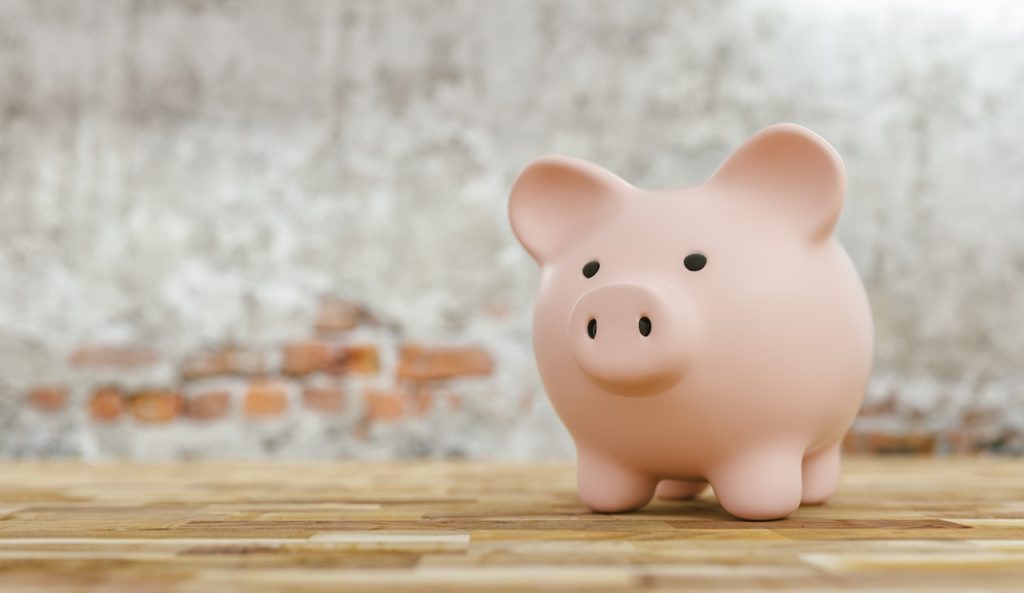
If you’re in the market for a new home, you’ve likely come across the terms “down payment” and “deposit” during your research. While these two terms are often used interchangeably, they actually refer to two different things. In this guide, we’ll explain the difference between a down payment and a deposit, what can be used as a down payment, and how to navigate the home buying process.
What is a Down Payment?
A down payment is the amount of money you pay upfront when you purchase a home. It’s typically expressed as a percentage of the home’s purchase price, with 20% being the standard. For example, if you’re purchasing a $300,000 home, a 20% down payment would be $60,000.
There are several reasons why a down payment is required when purchasing a home. First and foremost, it shows the lender that you’re serious about the purchase and have the financial means to make it happen. Additionally, a larger down payment can help you secure a better interest rate and reduce your monthly mortgage payments.
What Can Be Used as a Down Payment?
When it comes to a down payment, you have several options for where the funds can come from. Here are some of the most common sources of down payment funds:
- Savings: If you’ve been saving money for a home purchase, this can be used as your down payment.
- Gift: A family member can gift you money to be used as a down payment, although there are some restrictions and guidelines you’ll need to follow.
- Retirement Funds: You may be able to use funds from your RSP as a down payment, although this can come with some penalties and tax implications.
- Equity: If you’re selling your current home and have built up equity, you can use that money as a down payment on your new home.
- Down Payment Assistance Programs: Some cities and states offer down payment assistance programs to help first-time homebuyers with the upfront costs of purchasing a home.
It’s important to note that different lenders may have different requirements when it comes to down payments. While 20% is the standard, some lenders may allow you to make a smaller down payment if you have a strong credit history and other factors in your favor.
What is a Deposit?
A deposit, on the other hand, is a sum of money you pay upfront to show the seller that you’re serious about purchasing their home. It’s typically a smaller amount than the down payment and is often referred to as “earnest money.” The deposit is usually held by the buyer agents brokerage, and is applied toward the purchase price of the home at closing.
The purpose of the deposit is to ensure that the seller takes their home off the market while the sale is being finalized. It also provides some financial protection for the seller in case the buyer backs out of the sale for no valid reason.
The amount of the deposit can vary depending on the local real estate market and the price of the home, but it’s typically around 5% of the purchase price. So, if you’re purchasing a $900,000 home, your deposit may be approximately $45,000.
If the sale goes through as planned, the deposit is applied toward the down payment or closing costs. If the sale falls through, the deposit may be refunded to the buyer, but this depends on the circumstances of the sale and any agreements made between the buyer and seller.
How to Navigate the Home Buying Process
Now that you understand the difference between a down payment and a deposit, it’s important to know how to navigate the home buying process. Here are some steps to follow:
- Determine your budget: Before you start shopping for homes, it’s important to know how much you can afford to spend. This will help you narrow down your search and ensure that you don’t fall in love with a home that’s outside of your price range.
- Get pre-approved for a mortgage: This step will help you know exactly how much you can borrow and what your monthly mortgage payments will be.
- Work with a real estate agent: A good agent can help you find the perfect home, negotiate the price, and guide you through the home buying process.
- Make an offer: Once you find a home you love, you’ll need to make an offer. This is where your deposit comes in, as it shows the seller that you’re serious about the purchase.
- Close the sale: If your offer is accepted, you’ll need to finalize the sale by signing a purchase agreement and providing your down payment and closing costs.
Final Thoughts
In conclusion, understanding the difference between a down payment and a deposit is crucial when it comes to purchasing a home. While they’re often used interchangeably, they refer to two distinct aspects of the home buying process. Knowing what can be used as a down payment and how to navigate the home buying process can help you make informed decisions and secure your dream home.
If you have any further questions or concerns about local real estate, please feel free to reach out to me. I am always here to help and I would be happy to answer any questions you may have. Whether you are looking to buy, sell, or invest, I am here to provide you with the information and support you need. So, if you need any help or guidance, please contact me anytime.
